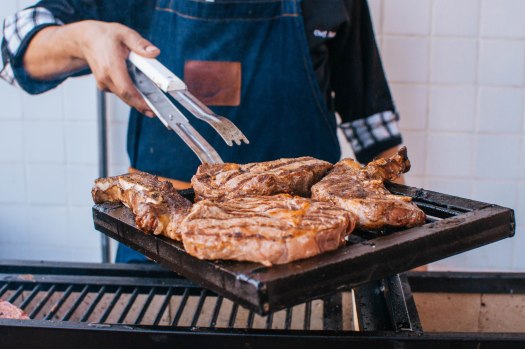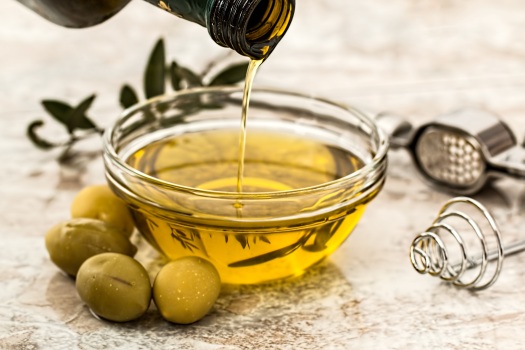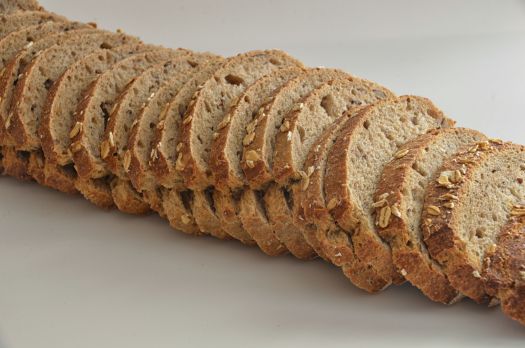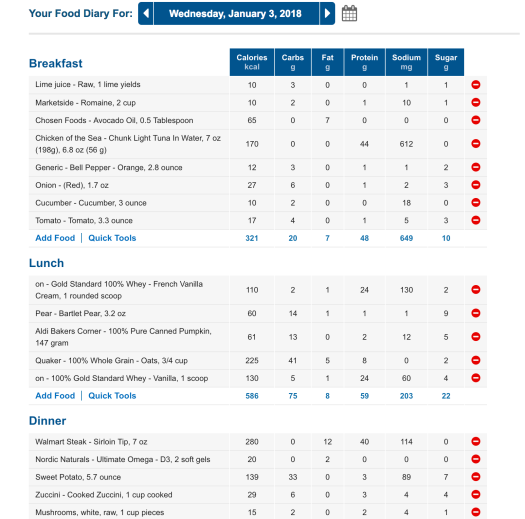I used to be like many of my clients and think sleep was optional. I was a busy college student trying to get shit done and sleep always seemed to get in my way. Why waste time sleeping when I had to practice trombone, exercise, complete mountains of reading, and try to maintain a social life? There simply wasn’t enough time to do everything.
I changed my mind when I had an important awakening which convinced me of the value of sleep. This experience occurred during my year living in San Francisco, when due to my unusual school and work schedule, I was able to get much more sleep than I had in the past.
I had been getting 5 or 6 hours of sleep per night for the previous few years. After moving to San Francisco, I started sleeping around 9 hours most nights. I woke up feeling refreshed every morning. I had tons of energy throughout the day and I experienced few food cravings. I strongly believe prioritizing sleep was a huge reason why I was able to so easily lose weight that year.

Since that year, I have gone through phases where I get more and less sleep. Although I am human and can’t always practice what I preach, I am much better at noticing when things are going awry.
Feeling burnt out and overwhelmed?
Experiencing strong hunger pangs and powerful cravings?
Super unmotivated to train?
If I find myself experiencing any of these feelings, I almost always realize I’ve been slipping back to 5-6 hours of sleep per night. If I get at least 7 hours of sleep for a few weeks, I notice immediate improvements. I am busier than I’ve ever been in the past, but I still try to prioritize sleep.
Many people think they function just fine on fewer than 7 hours of sleep per night. I know this feeling well because I was also one of these people. The reality is this feeling of “being ok” is a delusion.
I strongly believe if most people got a taste of regularly sleeping at least 7 hours over the course of the day (naps count!), they would notice big improvements in all areas of their lives.
If you can only make one change to your life to make the biggest bang-for-your-buck impact on your health, get more sleep.
Sleep helps you eat better.
One of the first things I notice when I haven’t been sleeping enough is a huge spike in junk food cravings. I can’t stop thinking about all the fried and sugary foods I want to eat all day long. If I am well rested, I experience fewer cravings. If you are like me and battle with powerful cravings, or if you are simply trying to stick to a diet, this benefit cannot be overstated.
Sticking with regular sleep and wake times helps establish a routine, which allows you to be more productive and make better food choices throughout the day. For example, if you always eat at the same time, you are less likely to experience huge hunger swings and are more likely to stick with your meal plan and make healthy choices.
Sleep helps you train harder.
It goes without saying that if you are less tired, you are less likely to skip workouts. This is true whether you work out in the morning and find yourself constantly hitting snooze, or if you are always too exhausted to get in your training after work.
Once you do show up to the gym, a good night’s sleep will help fuel you through a more productive workout. A well-rested trainee will move more weight, faster, and with better form than someone who is just phoning it in because they only got 4 hours of sleep the night before. Over the course of many weeks and months, the trainee who gets enough sleep will experience faster progress, greater gains, and will greatly reduce their likelihood of injuries.
Finally, sleep is when your body recovers from your workouts, repairing damage to tissues and producing adaptations which move you toward your goals. Not getting enough sleep robs your body of this precious recovery time and leaves you feeling beat up and wondering where all your hard work has gone.

Puppies need sleep, too.
Sleep helps you manage stress.
There are many ways getting enough sleep can positively impact your lifestyle. In addition to helping your body make repairs, sleep refreshes your brain. People who regularly get enough sleep feel happier, more optimistic, and less stressed than people who are running a huge sleep debt. You may feel “fine” on fewer than 7 hours of sleep, but in my experience most people feel way better getting 7 hours or more.
I am all about sane and sustainable lifestyle change. I know it’s tough to overhaul or even make minor tweaks to your eating and exercise routine. Why make this process more challenging by refusing to give your body the rest and recovery it needs on a daily basis?
A well-rested body and mind are more likely to make better choices which move you toward your goals. An exhausted body and mind are more likely to succumb to temptation, experience frustration, and give up too soon because “nothing is working.”
If you want to experience the magic of getting more sleep, start small. Figure out when you need to wake up in the morning and work backwards to establish a bedtime. Set an alarm on your phone 15-30 minutes before this bedtime to remind you it’s time to wind down.
If you are way below 7 hours, add in just 30-90 minutes at a time. You can also add in 20-30 minute power naps throughout the day if it’s simply not possible to sleep more at night.
If you can get more sleep, everything else gets easier. If you want more tips and strategies to help make health and fitness fit with your busy life, please join my email list here.










